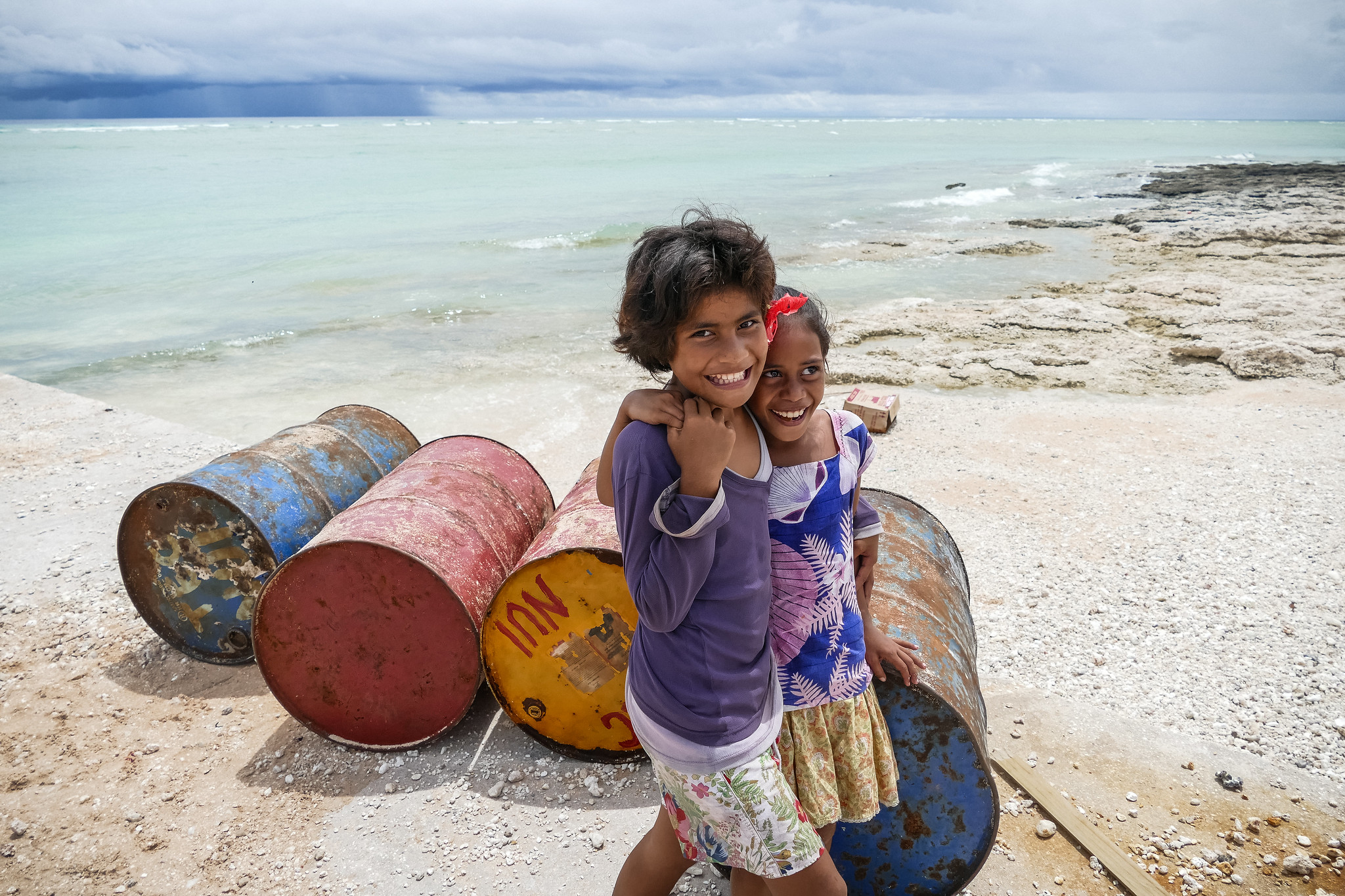Recommended
When it comes to disaster- and climate-related displacement, the Asia-Pacific is ground zero. More than three-quarters of internal disaster displacements occur in the region, with over 225 million displacements between 2010 and 2021. This is set to increase. The number of internally displaced people (IDPs) doubled in the last decade, with climate and weather extremes increasingly driving displacement. Indeed, climate change could result in over 89 million people across the Asia-Pacific moving internally by 2050.
This situation, together with the increasingly protracted and recurrent nature of displacement, firmly positions displacement as a development challenge requiring development solutions. While addressing this challenge obviously requires finance, it also requires governments to be ready to invest in reducing the risk of people being displaced.
The inclusion of displacement in national plans
Depending on the context, the issue of displacement can be included in various instruments within the development architecture from legislation to sector strategies or action plans. I am currently reviewing how displacement is reflected in legislation, National Adaptation Plans (NAPs), Nationally Determined Contributions (NDCs), National Development Plans (NDPs), and Disaster Risk Reduction (DRR) strategies of 40 Asia-Pacific countries.
Only one (Fiji ) has dedicated legislation and only seven (Afghanistan, Bangladesh, Fiji, Maldives, Nepal, Sri Lanka, and Vanuatu) have national policies, strategies, or frameworks on internal displacement in place.
Globally, only one-third of countries mention forced displacement in their NAPs and NDCs. Similarly, only seven Asia-Pacific countries (Myanmar, Nauru, Pakistan, Papua New Guinea, Sri Lanka, Timor-Leste, and Vanuatu) set out concrete provisions in their NDCs and only four (Bangladesh, Fiji, Nepal, and Papua New Guinea) outline adaptation measures in their NAPs. Overall, there is a lack of concrete commitments, objectives, and tangible actions, and these plans largely fail to make a connection between displacement and loss and damage.
The absence of concrete displacement considerations is somewhat surprising, given that many of these countries recognize–to varying degrees–the importance of disaster risk reduction and strengthening their resilience to natural hazards. Of the 40 Asia-Pacific countries reviewed, 80 percent had national DRR strategies, all of which speak to ‘vulnerable groups’, with over 30 percent making specific reference to displacement. Nine countries (Bangladesh, Federated States of Micronesia, Fiji, Lao PDR, Maldives, Nepal, Papua New Guinea, Samoa, and Sri Lanka) went further and had set specific measures to address displacement. While measures varied, most related to temporary and lifesaving measures, such as evacuation and provision of humanitarian support.
Why does this matter?
This lack of readiness and absence of commitments undermines the calls made by the Global South for financing to respond to loss and damage associated with the adverse effects of climate change, particularly in the context of forced displacement. The disconnect between the global discourse and the lack of concrete measures in national implementation plans results in a disjointed approach. Addressing this will require a combination of more technical assistance, finance, and awareness of policymakers not engaged in the global climate negotiations.
The pledges to the Loss and Damage Fund to date have been so meager (given the need) it suggests the impact–particularly for the displacement agenda–will be limited. Other sources of finance will need to be tapped.
It’s therefore promising to see efforts at the global level to increase awareness and action on reducing displacement risk and finding solutions to protracted displacement. In 2021, a UN-convened panel of experts made a series of recommendations to countries, the international community, civil society, and the private sector. The UN Secretary-General also established a temporary office to coordinate action across the system to make the UN fit-for-purpose and accountable for solutions.
The panel also called on development financers, including the multilateral development banks (MDBs), to better engage in internal displacement, including accounting for and investing in solutions. While it’s easy to make calls on the MDBs to act, it is ultimately the shareholder-clients of the MDBs that set national development priorities.
Governments therefore need to move beyond contextual references to ‘vulnerable groups’ and clearly articulate the specific measures and approaches to be taken to address drivers, reduce risk, and find solutions for those living in displacement. To achieve this, the planning process is critical, as is ensuring the inclusion of IDPs as participants and beneficiaries.
Without this clear demand, development finance–and particularly the limited technical assistance from MDBs–will continue to support the ‘enablers’ on the edges but not make the much-needed sector-focused investments.
A way forward
To meet the challenges of displacement, governments in the Asia-Pacific region should:
-
Clearly identify displacement as a development challenge and put the corresponding architecture in place, focusing on actions rather than context. This signals the demand for MDBs and other development partners to respond with finance and solutions, and provides entry points for governments to invest and draw on their own resources.
-
Address the disconnect between forced displacement, national adaptation and DRR priorities and strategies, and climate finance. Once displacement considerations are part of the conversation, the focus can shift from the how to the what.
-
Use existing finance and instruments, such as sector loans, policy-based lending, and climate finance, to address displacement, and particularly displacement risk, within broader development investments. While it is recognized that there are few dedicated resources for internal displacement, the nature of displacement provides opportunities to integrate displacement considerations alongside other development challenges.
-
Continue the call for development partners to support the agenda. Each of the streams–national development planning, damage and loss, NAPs, NDCs, DRR strategies–have technical partners and assistance available. Addressing the constraints requires demand.
Disclaimer
CGD blog posts reflect the views of the authors, drawing on prior research and experience in their areas of expertise. CGD is a nonpartisan, independent organization and does not take institutional positions.
Image credit for social media/web: syahrir / Adobe Stock







